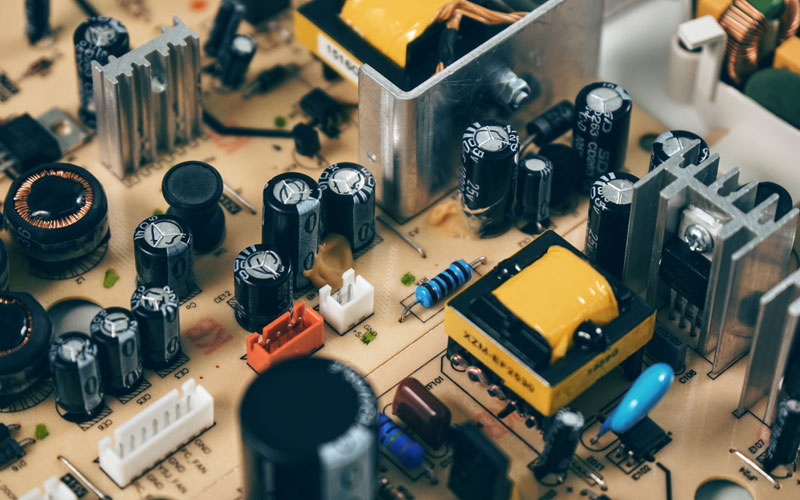Planning and Maintenance of Electrical Distribution Systems

EL-151
Course Objectives
- Familiarizing participants with the parts of the electrical distribution system and identifying the planning process of the development of the electrical distribution system.
- Accessing to the advantages and disadvantages of an underground electrical distribution system for the advantages and disadvantages of the air-power distribution system.
- Enabling participants to acquire the skills of installing transformers and cables
- Understanding how to use and operate the various parts of the underground electrical distribution system in a good manner.
Who Should Attend?
- Anyone who works in the planning, design, construction, operation, maintenance or safety of electrical distribution systems in the distribution networks of facilities, or industrial, commercial, private networks, or with other institutions, engineers, technicians, designers, contractors, consultants, employees of extension of air networks, electrical technicians, inspectors, safety officers and supervisors.
Course Outlines
Electrical distribution Systems
- Electrical distribution systems and parts.
- Planning and management considerations.
- Antenna Systems Properties (costs, operating, performance).
- Aerobic characteristics (safety, environmental and society considerations).
- Customer and service delivery terms and conditions.
- Working arrangements with developers and contractors.
- Industry standards, risk management and individual safety.
- Cost-recovery methods.
Cables and Installation Processes
- Cable properties and components.
- Electrical and mechanical properties.
- Types of connectors, insulators, and cable accessories.
- Selection, specification and load works.
- Technical specifications and removing voltage.
- Cable setup, cable connection equipment and cable connections.
- Selection and technical specifications.
- Cable in underground fittings.
- Direct burial trenches.
- Internal pipes and inspection rooms above and below ground.
- Cable lift Poles.
Transformers and Installation Processes
- Composite transformer designs.
- Selection specifications and installation works.
- Protective equipment, fuses and lightning rod.
- Grounding systems, cable installation in pipes.
- Restrictions on cable withdrawal, the accounts and equipment of cable withdrawal.
- Lightning rod over underground systems.
- Nature of lightning and discharge dissipation.
- The insulation of the Basic Insulation Level (BIL) system.
- Organizing insulation, properties and design lightning rod.
- Choosing and using the lightning rod, and protection from overload increasing over underground systems.
- Nature of load increasing.
Malfunctions and maintenance operations
- Types and characteristics of faults.
- Selecting and arranging the fuses.
- National Electrical Safety rules.
- Cable and cable accessories.
- Equipment and grounding.
- Planning and designing standards.
- The prediction of the load, and the operating voltage.
- Key, specifications and components of the cutter payload.
- Overload and protection against solicitation.
- Protection against voltage increasing.
Administrative organization and distribution of tasks
- Dividing residential areas and cost estimate.
- Operating and maintenance of underground systems.
- Identifying and marking the location of the cable.
- Processes of conversion and safety grounding.
- Using cable faults indicators.
- Using equipment for identifying cable fault location.
- Drying the cable and injecting the insulation fluid.
- Methods, standards and software of cable replacement.
- Manual and infrared equipment testing.
- Preventive Maintenance methods.



